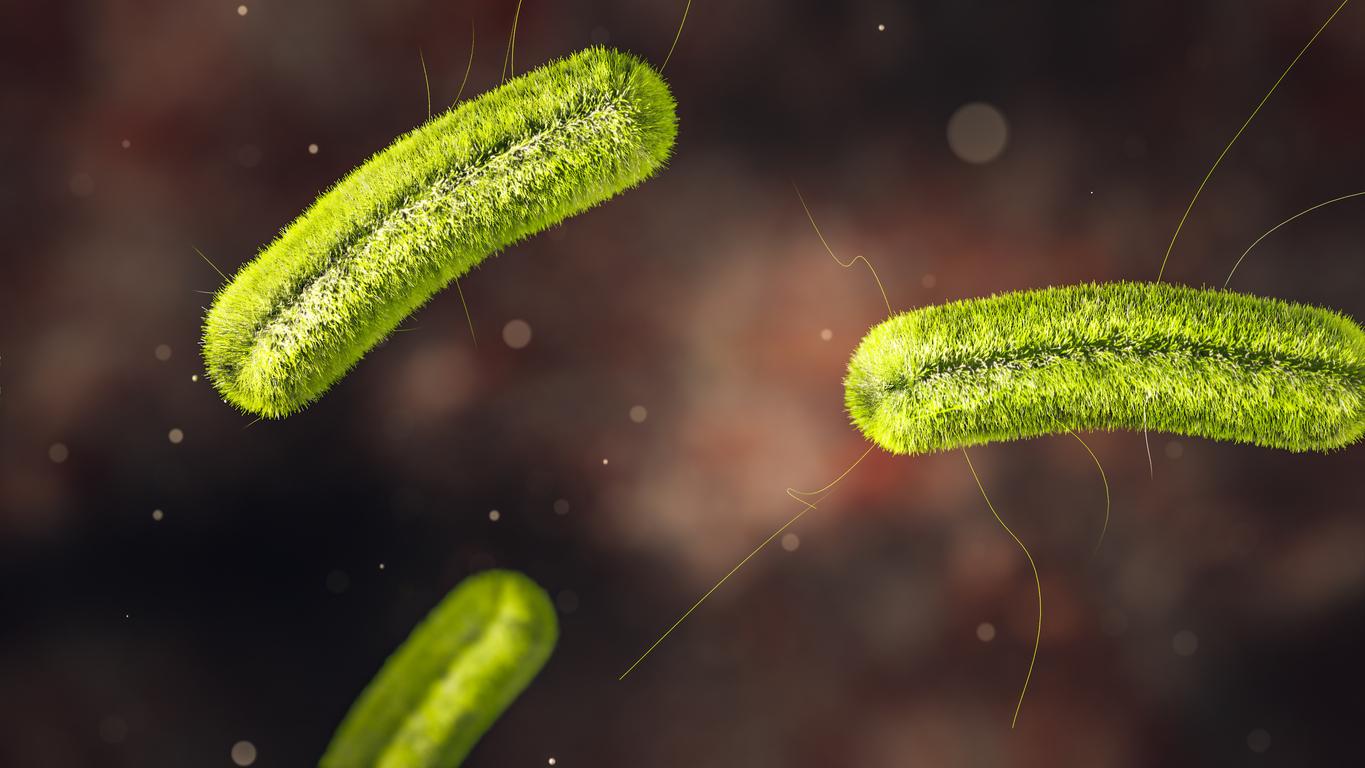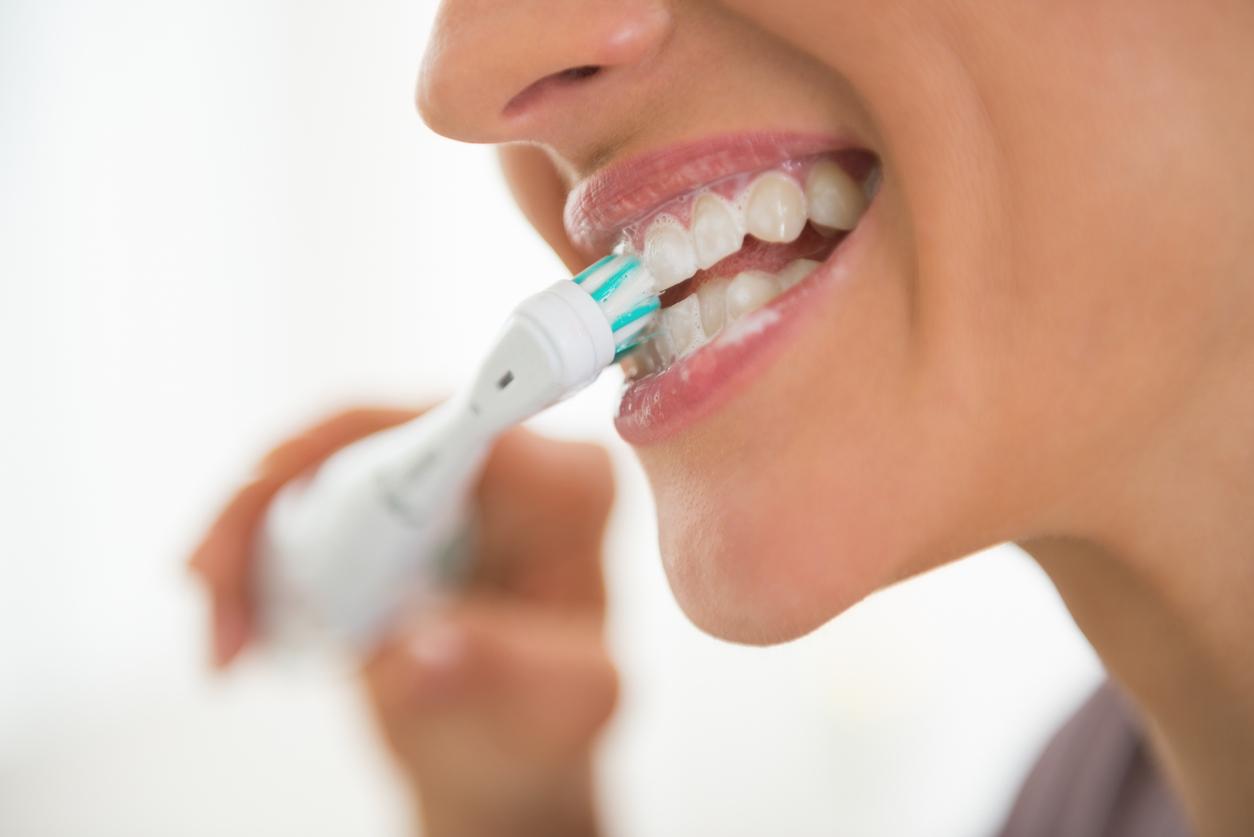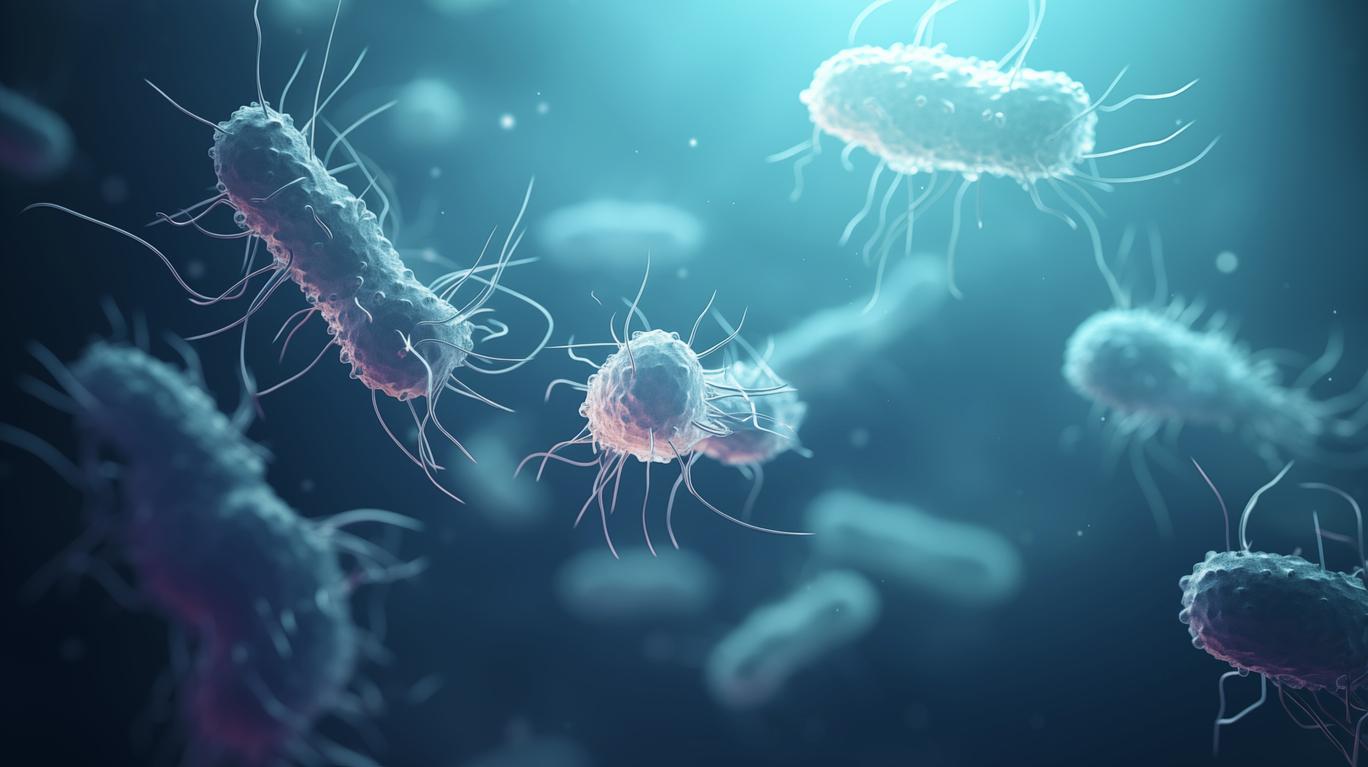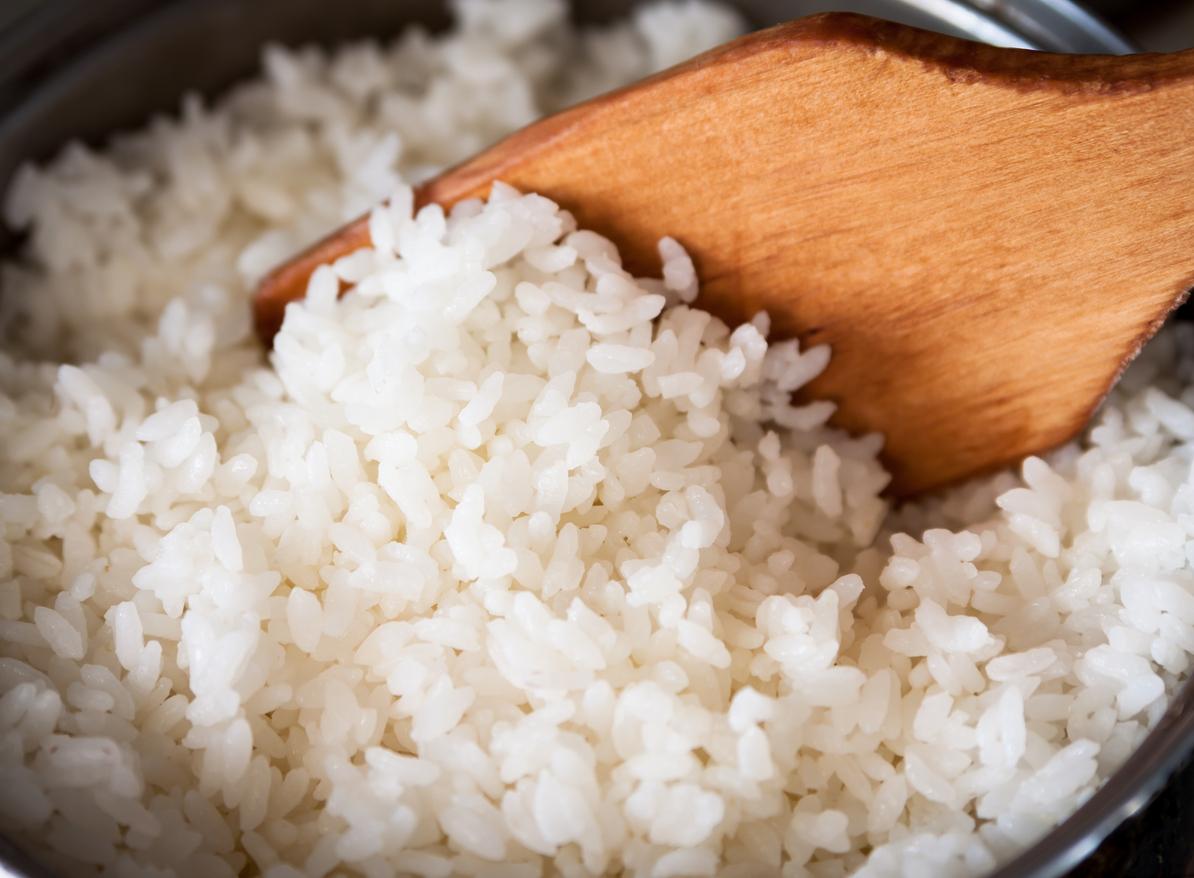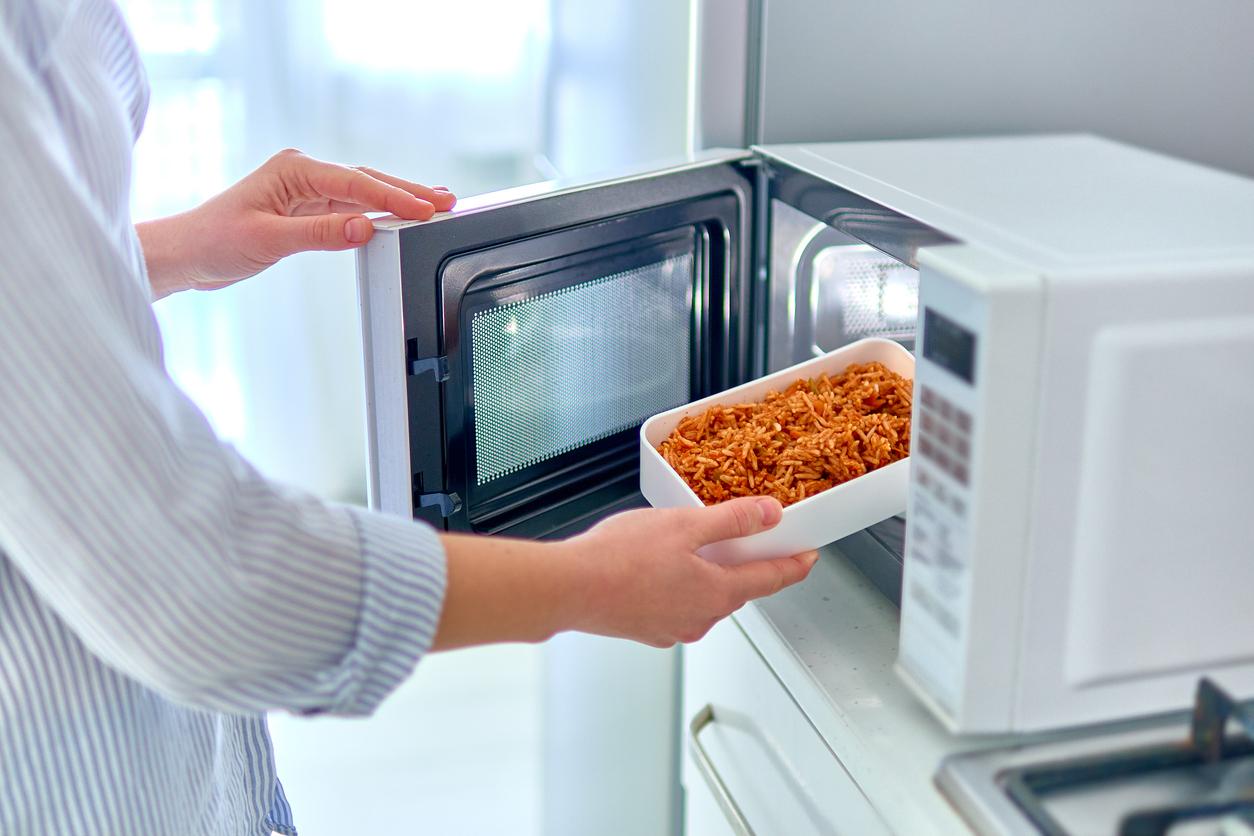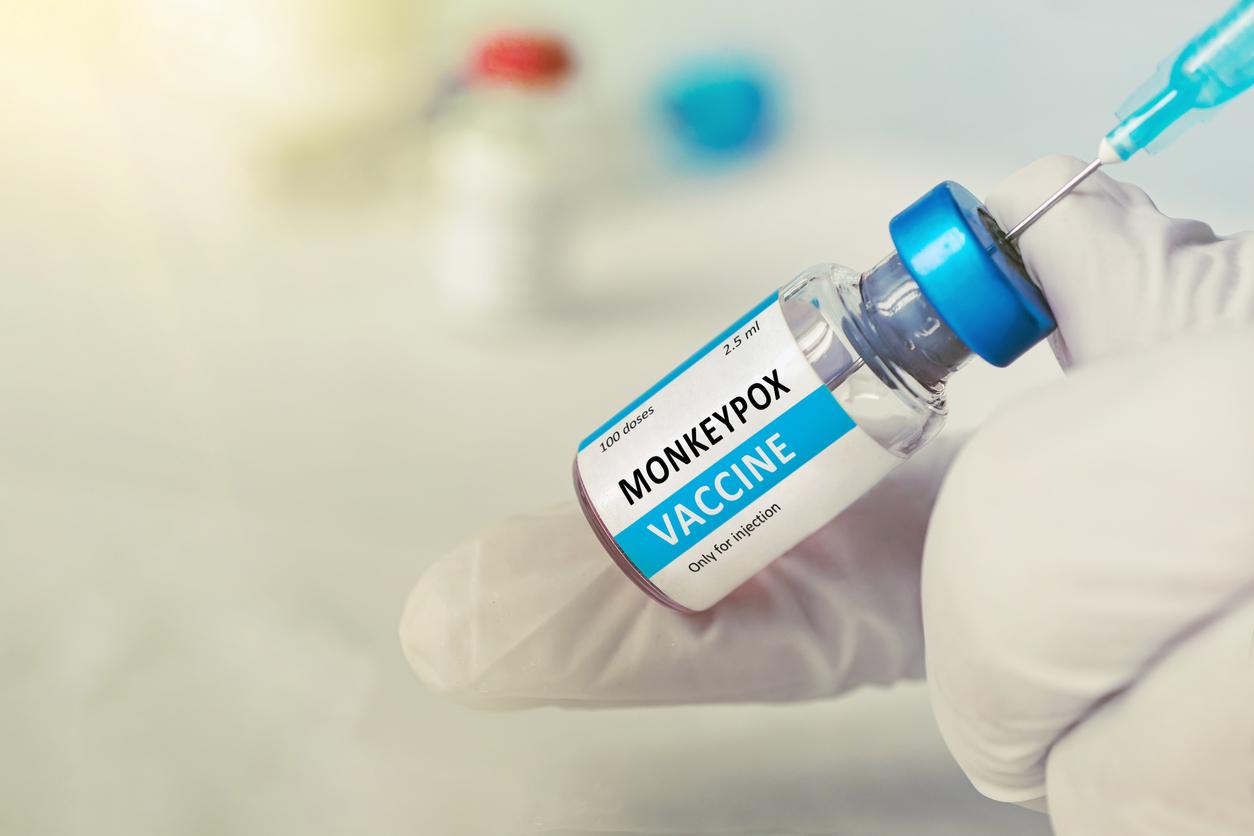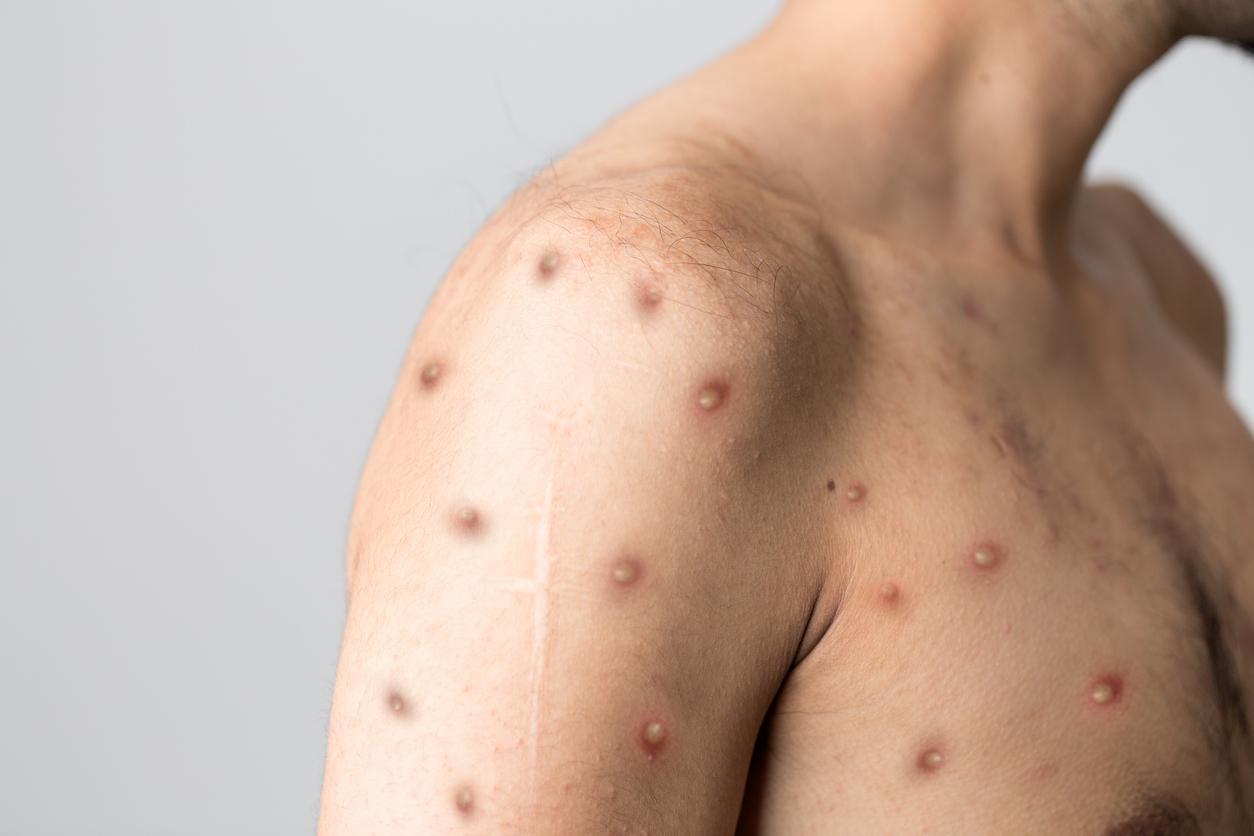Five supermarket chains have withdrawn from their shelves batches of “superior” ham contaminated by the bacteria listeria monocytogenes. This type of contamination is unfortunately frequent in the food industry. What are the health risks ? How to treat in case of contamination?

Batches of “superior” ham contaminated by listeria monocytogenes have recently been removed from the shelves of several major brands such as Casino, Carrefour, Monoprix and even Grand Jury. A total of 15 references infected with the bacteria were listed by 60 million consumers. If you bought any, it’s best to bring them back and get a refund. Consuming it is strongly discouraged for health.
Listeria monocytogenes contaminations are unfortunately frequent in the food industry and come foods are more at risk than others, such as cheeses and cold meats: in June 2017, two batches of Neufchâtel cheese had been recalled due to Listeria contamination. This bacterium was detected in two batches produced by the Les Cateliers cheese dairy, located in Buchy in Seine-Maritime and marketed mainly by Carrefour and Intermarché. VSAs the Why Doctor reported again in July 2017, five brands of sliced salmon (in raw or prepared form, and packaged in 100g packets) produced by the company MerAlliance had also been contaminated. As in the present case, they had been removed from the shelves of Monoprix, Leclerc, Auchan, Lidl and Carrefour.
Listeria monocytogenes
Responsible for severe infections in humans and animals, this bacterium is found in water, soil, wastewater, human and animal faeces or even plants. It is resistant to cold, proliferates in refrigerators and persists in freezers. Its weakness is heat. Contamination of Listeria monocytogenes is characterized by a rise in fever, sometimes accompanied by headaches. If you have any symptoms, see a doctor.
Invasive, it is able to cross the placenta and enter the central nervous system. As such, 60 million consumers recommend that women be particularly attentive to symptoms. As are the immune-compromised and the elderly. These symptoms may suggest listeriosis, a disease which can be serious and can take up to eight weeks to incubate.
Overview of listeriosis
Listeriosis is an infection that occurs mainly after eating food contaminated with listeria monocytogenes. Mainly ready-to-eat products made from fish and meat (eg smoked fish and sliced ham), but also dairy products, especially cheeses. On its website, the Ministry of Agriculture recalls that “ingestion of the bacteria does not necessarily lead to listeriosis” and that “it is necessary to consume a high dose to risk being sick”.
Listeriosis is an infection that can be serious if it is complicated by sepsis – a generalized infection – or, not to mention, an infection of the brain. Death occurs in almost 20% of cases, which is enormous … Especially in those over 70, pregnant women and people with weakened immune systems. Fortunately, this complication is very rare… It killed 200 people in 2012 in Europe. Patients who could not benefit in time from an effective antibiotic treatment.
What are the risks for pregnant women?
In pregnant women, the infection is usually harmless to the mother: it can go unnoticed, manifest in the form of contractions, or in some cases, resemble a mild flu-like condition. The infected newborn, on the other hand, presents a severe infection, often aggravated by prematurity, which can combine sepsis, pulmonary, neurological and also sometimes skin infection. There is an effective antibiotic treatment for listeriosis, especially when it is administered quickly. But sometimes, the course can be fatal, even with appropriate and early treatment.
The effectiveness of antibiotics
We must first start by reassuring the French. To be affected by this disease, it is necessary to consume a significant amount of the contaminated food. If there is any doubt, the doctor will prescribe antibiotics which are very effective on this microbe. Listeriosis is an infection that can be serious if it is complicated by sepsis – a generalized infection – or, not to mention, an infection of the brain.
Death occurs in almost 20% of cases, which is enormous … Especially in those over 70, pregnant women and people with weakened immune systems. Fortunately, this complication is very rare… It killed 200 people in 2012 in Europe. Patients who could not benefit in time from an effective antibiotic treatment.
Maintenance of the refrigerator is essential to avoid contamination
Listeriosis affects poorly stored food, in particular in a refrigerator which can quickly become, and not only for listeriosis, the disease reservoir of the whole family … After the hands, the refrigerator is the second target of hygiene specialists .
Temperature is less of the problem in general than the overcrowding of foods and their contamination. Especially in recent models. It must be between 0 and 4 degrees, beyond bacteria, as listerias multiply. If your refrigerator does not have a thermostat, it is advisable to immerse a thermometer in a glass of water and put it in the fridge. After an hour, the thermometer will indicate the exact temperature at which your food is stored. To remedy this, you must first not be afraid to throw away, to isolate the food from each other, with plastic film, or in an airtight box. What only 37% of French people do.
And above all, empty your fridge completely, quickly, so as not to break the cold chain, pass a sponge soaked in very diluted bleach. From top to bottom and not forgetting the grooves because germs hate flat surfaces and love nooks and crannies. You must rinse very well, because the bleach attacks the surface of the refrigerator. Otherwise, you can also simply rub with a little soap and water, with a new sponge. New, because unless you disinfect it first, the old sponge that has been lying around for some time in the sink, it’s still the best way to re-cover the inside of your fridge with bacteria. The ideal is every 15 days; at least every month. Frequent cleaning is better than meticulous bricking that is too episodic.
.









